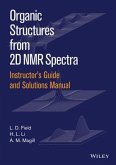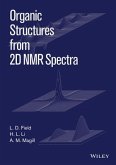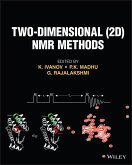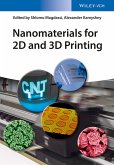The book highlights innovative approaches to graphene-based supercapacitors, nanoparticle-functionalized graphene, and the application of 2D materials in diverse fields. It also provides insights into the toxicity and remediation strategies of graphene family materials and outlines the roadmap for sustainable graphene production.
This book is ideal for researchers, academics, and professionals in materials science, nanotechnology, chemistry, and environmental engineering.
Key Features:
Advanced applications of graphene-based supercapacitors.
Functionalization and applications of boron nitride, germanene, silicene, and stanene.
Insights into graphene toxicity and remediation approaches.
Roadmap for cost-effective graphene production and waste management.
Readership: Graduate and undergraduate students, professionals
Dieser Download kann aus rechtlichen Gründen nur mit Rechnungsadresse in A, B, BG, CY, CZ, D, DK, EW, E, FIN, F, GR, H, IRL, I, LT, L, LR, M, NL, PL, P, R, S, SLO, SK ausgeliefert werden.









